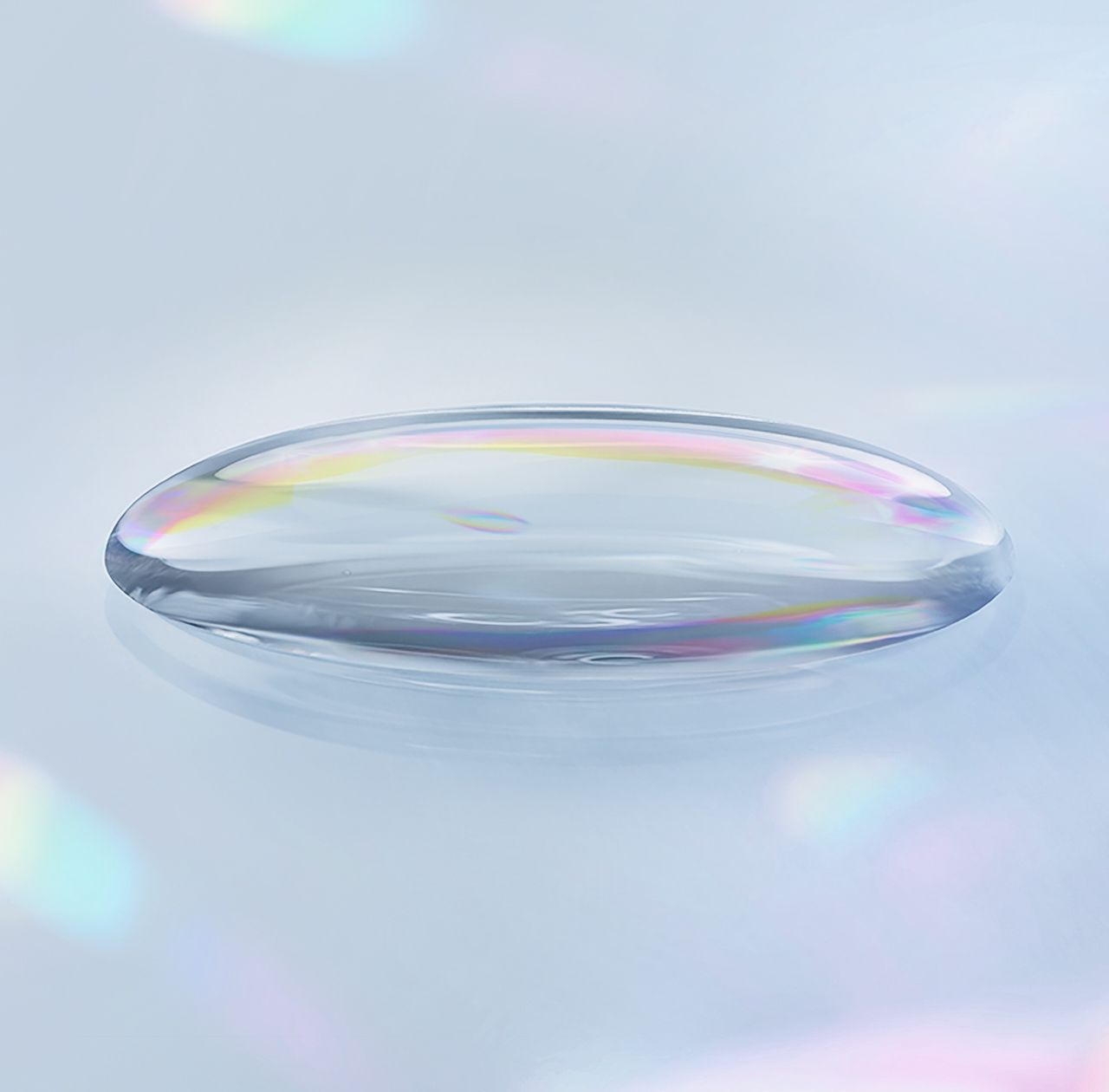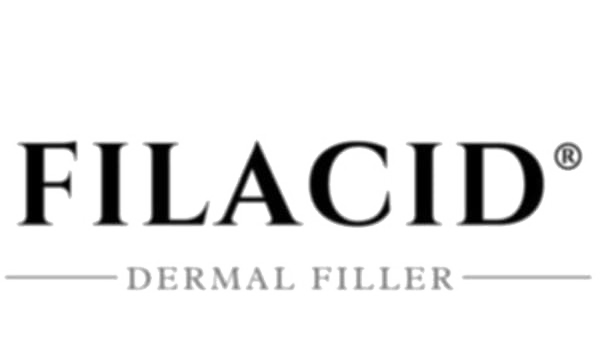What is Hyaluronic Acid (HA)?
Hyaluronic acid (HA) is a substance made up of a long chain of sugar molecules strung together like a necklace. It is naturally found in many areas of your body,1 where it acts as a “water-binding” molecule that lubricates and protects your tissues.2 It is what gives your skin structure and is responsible for that plump and hydrated look.2

What is its role?
Hyaluronic acid (HA) is one of the main elements of the extracellular matrix (ECM): a matrix that creates spaces between cells and acts as a scaffold to all living cells. It is the ECM that determines how our tissues look and work.2-4
When it comes to HA, size matters.3
High molecular weight HA (HMW-HA) is the most beneficial for skin as it is able to bind larger amounts of water. 2
HMW-HA therefore provides good lubrication, hydration, and space-filling properties for tissues, important characteristics for injectables and skin products.3,4
On the other hand, if the molecular weight of HA is too low, it may cause inflammation.3
Hyaluronic acid plays a critical role in skin health by stimulating the production of cells called fibroblasts.3,6 Fibroblasts are in turn responsible for producing collagen and elastin.6 Thus hyaluronic acid provides desired levels of hydration and elasticity while keeping the skin firm and supple.5 It also acts as an antioxidant, protecting our cells from damage and therefore allowing the ECM to function correctly (for example, in wound healing).7
Hyaluronic acid is widely used as an active ingredient in many beauty products. 5
HA fillers are used to reduce wrinkles, to model cheeks and to improve elasticity and hydration of skin on the face, neck, and neckline. They can also correct the lip shape or treat under-eyes circles. In creams and serums, HA is used to act as a protective barrier, allowing the skin to retain moisture, for a plumped, hydrated look.5

